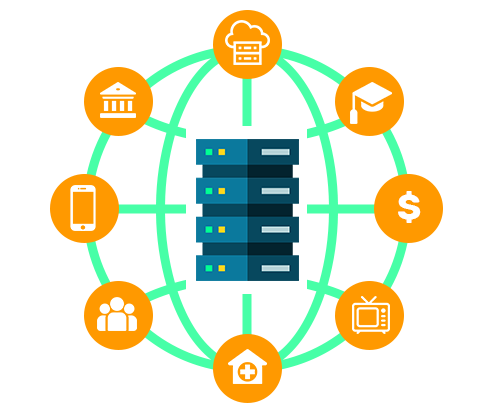Internet Exchange Points (IXPs)
The Internet eXchange Points (IXP) is a network facility that enables interconnection of more than two independent Autonomous Systems (AS). This is primarily for the purpose of facilitating the exchange of Internet traffic.
IXPs have been a key element of the Internet architecture and their importance as the ideal location for Content Delivery Networks (CDN) wishing to bring content closer to their customers has enhanced this position. Moreover, the Internet Exchange Points have witnessed increased traffic levels as a result of delivering video from these CDNs.
How Internet Exchange Points operate? Well, as independent regional IXPs, as interlinked IXPs using commercial links or as interlinked IXPs using owned links. In developing countries it is clear that the development of IXPs in regions cannot be commercially justified as in similar population centers across developed countries. This leaves the developing country citizens from regional areas at a disadvantage in terms of future Internet services.
Source : https://ieeexplore.ieee.org/document/8417378

How Internet Exchange Points Works
For an IXP to work, it needs these following tools:
- Switch
- Routers
- Servers
- Neutral locations
- Appropriate power sources
- Cooling
- Security
- Technical experts
What’s The Business Case
IXPs provide an alternative to the expense of sending domestic Internet traffic abroad, only to have to return that traffic via an expensive international link. Basically, IXPs help keep local traffic local and help with cheaper, better, faster local Internet traffic exchange. The cost and quality of service that IXPs make can help ISPs and content delivery networks see the benefit of supporting IXPs.
